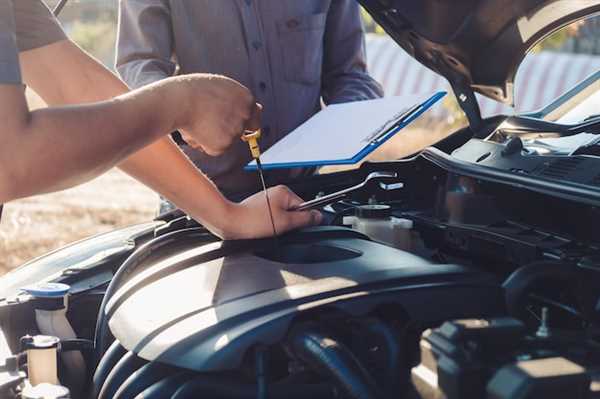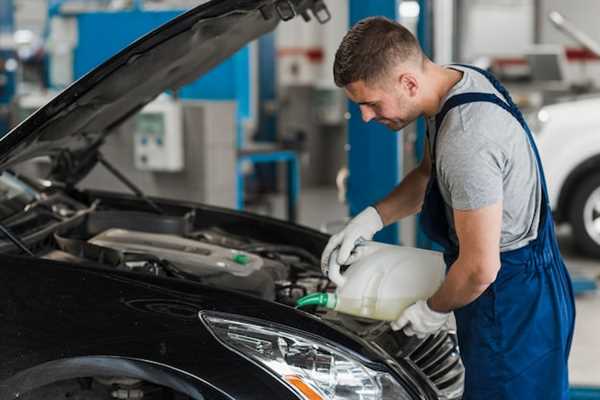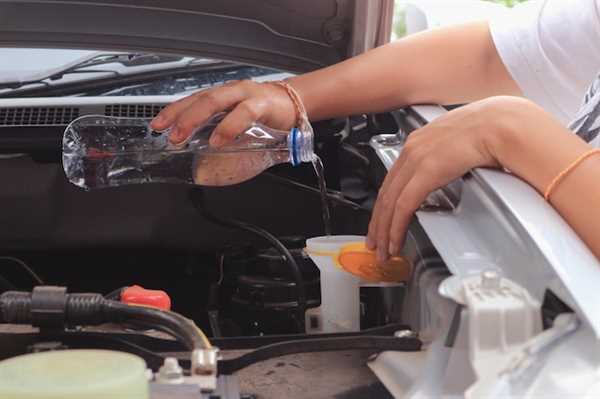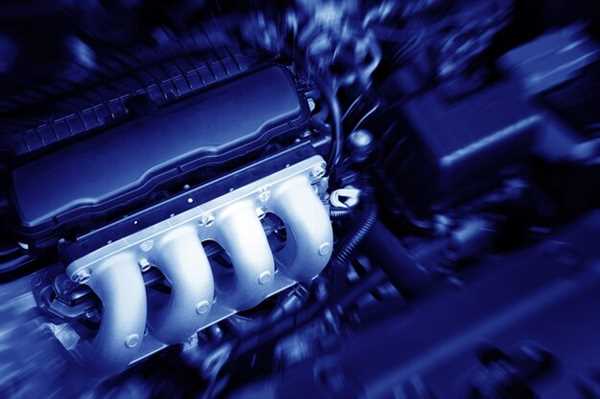
Choosing high-quality lubricants and coolants is crucial for optimal performance. Always opt for manufacturer-approved versions that cater to the specific model of your vehicle. This ensures compatibility, enhances engine efficiency, and extends overall longevity.
Regular checks on coolant and oil levels allow for timely interventions. A consistent monitoring routine can prevent overheating and engine wear. Ensure oil changes occur according to the recommended intervals, particularly if you utilize high-mileage products that maintain engine cleanliness.
Brake enhancing liquid should remain at recommended levels, ensuring responsive stopping power. Consider using a premium formulation designed specifically for your make, as this can improve pedal feel and prolong the life of brake components. Transmission lubricant must also be assessed frequently, particularly in high-performance versions, to prevent shifting issues.
Lastly, don’t overlook the significance of power steering and windshield wash solutions. Both contribute to driving comfort and safety. A refined washer formula can improve visibility under adverse conditions, while the right steering fluid promotes ease of handling. Regular replenishment of these substances will lead to an enhanced driving experience.
Understanding the Importance of High-Quality Engine Oils
Opt for premium synthetic oils, which provide superior lubrication and thermal stability, significantly reducing engine wear and prolonging lifespan. These oils help maintain optimal performance even in extreme conditions, ensuring smoother operation compared to conventional counterparts.
Regularly check the oil viscosity rating; it should align with the manufacturer’s recommendations for your vehicle. Using oil with the correct viscosity ensures that the fluid flows appropriately at different temperatures, thereby preventing damage.
High-quality oils often incorporate additives that combat engine deposits and enhance cleanliness. These additives assist in maintaining the engine’s integrity, which is vital for preserving high performance in premium automobiles.
Changing the oil at manufacturer-specified intervals is crucial. Even the best oils degrade over time, losing their effectiveness and potentially leading to engine complications. Regular changes prevent sludge buildup, which could impair engine function.
Consider investing in a quality oil filter during an oil change. A top-tier filter supports better performance by trapping contaminants more efficiently, safeguarding engine components and extending their life.
Finally, monitor oil levels frequently. Low oil levels can cause severe damage due to increased friction and heat. Maintaining the proper oil level is key to ensuring longevity in your prized automobile.
Choosing the Right Coolant for Optimal Performance

Select a coolant that matches the specifications outlined in your owner’s manual. Look for a product that meets the appropriate SAE standard, ensuring compatibility with your vehicle’s engine materials.
Consider whether you need an ethylene glycol or propylene glycol-based solution. The former is common and offers excellent heat transfer and protection, while the latter is less toxic and can be a safer option for the environment.
Certain formulations include additives that protect against corrosion and scale buildup. Select a coolant with these inhibitors to prolong the lifespan of your engine components.
Pay attention to the freeze and boiling points of your selected fluid. Make sure it provides protection in your local climate conditions, whether extreme cold or high temperatures.
Regularly check the coolant’s concentration. Use a refractometer or hydrometer to confirm it is within the acceptable range; this ensures proper heat exchange and protects from freezing.
Flush the cooling system as recommended by the manufacturer. This removes old fluid that may have degraded, preventing potential engine damage.
Always be aware of the coolant color. While color does not indicate quality, consistency with the established type helps prevent mixing incompatible varieties that can lead to poor performance.
Sealants or stop-leak products may be tempting, but they can compromise the integrity of the cooling system if not used cautiously. Prioritize quality over quick fixes.
Regularly Checking and Replacing Brake and Transmission Fluids

Inspect brake and transmission liquids every six months for optimal performance. Ensure that brake fluid is clear and at the appropriate level; cloudy or dark fluid indicates contamination and requires replacement. For premium vehicles, use manufacturer-recommended products to maintain system integrity.
Transmission lubricant should be checked for color and viscosity. If it appears brown or has a burnt smell, it’s time to replace it. Refer to the owner’s manual for specified intervals, typically every 30,000 to 60,000 miles, depending on driving conditions.
Both types of liquids should be handled with care; using a funnel can prevent spills. Always verify the tightness of fluid caps after checking to avoid leaks, which can affect system functionality. Invest in high-quality options to ensure long-term durability and performance.



